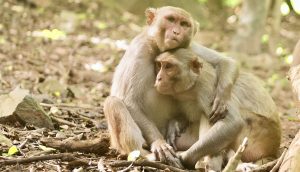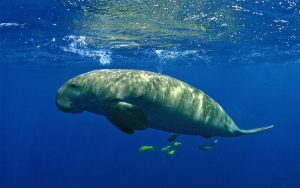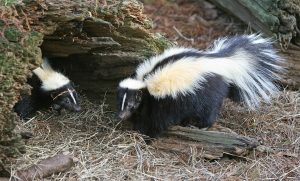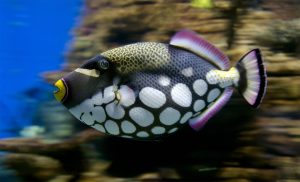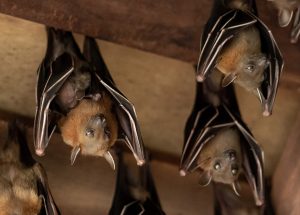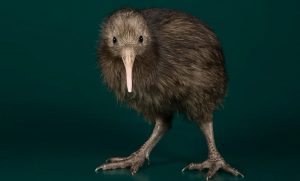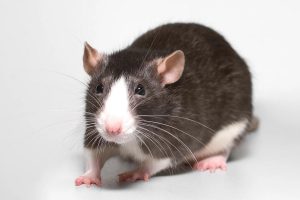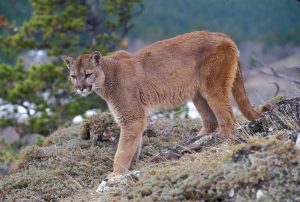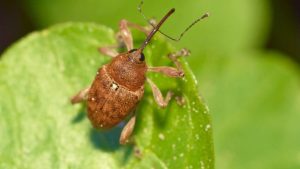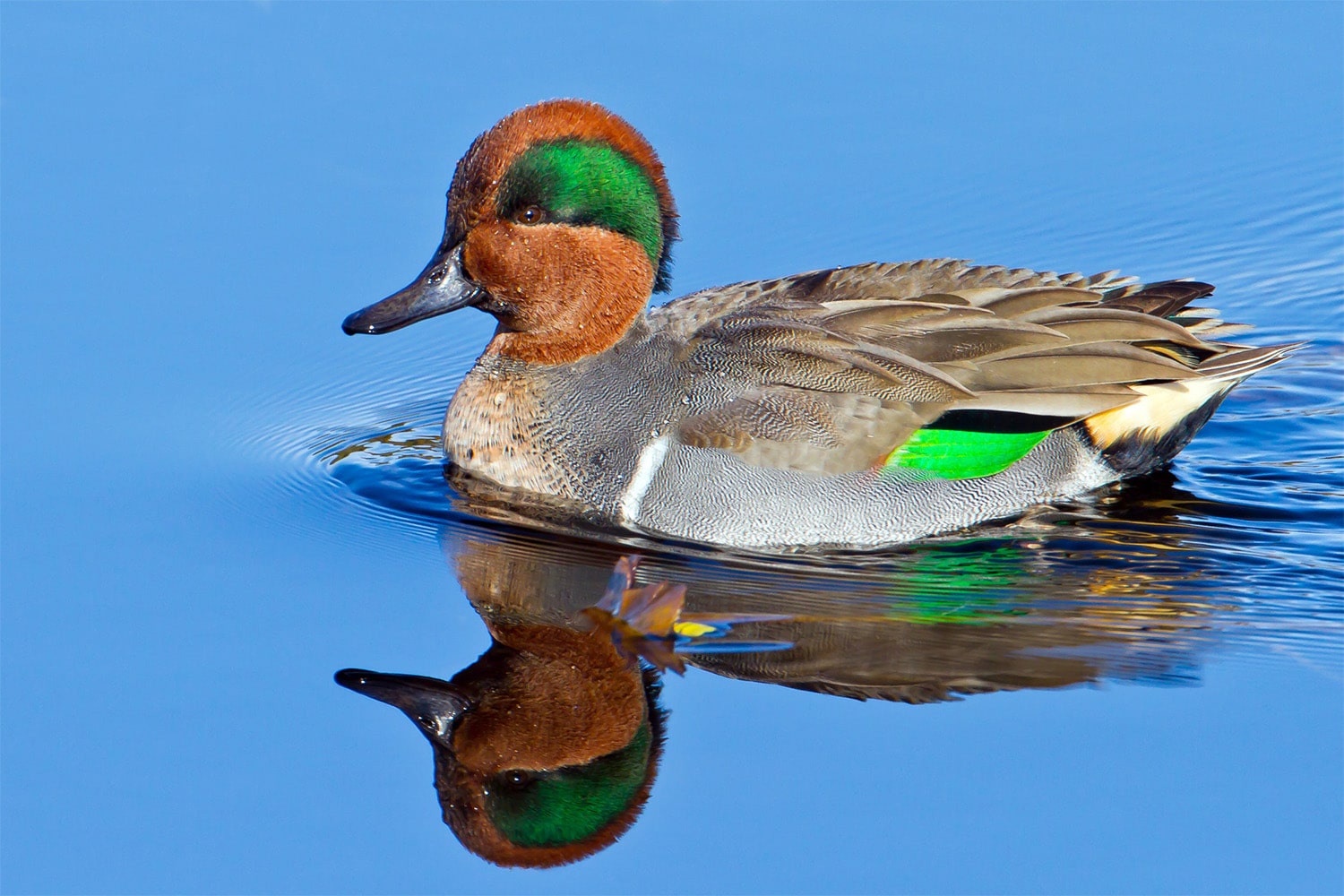
29 interesting facts about teals
- 👁️ 306
Teals are small, colorful ducks belonging to the genus Anas, found in freshwater habitats across the world. Known for their striking plumage and fast, agile flight, teals are a favorite among birdwatchers and hunters alike. These birds play a significant role in their ecosystems, contributing to the health of wetlands and serving as indicators of water quality and habitat health. Teals are not only important for their ecological value but are also admired for their beauty and the vibrant splash of color they add to their surroundings. Let’s explore some fascinating facts about teals and their place in the natural world.
- Teals are part of the larger duck family, Anatidae, which also includes swans and geese.
- The most common species of teal include the Green-winged Teal, Blue-winged Teal, and the Eurasian Teal.
- Teals are among the smallest ducks, with some species weighing as little as 340 grams and measuring around 30 to 40 centimeters in length.
- They are known for their rapid flight; teals can fly up to 70 kilometers per hour, making them one of the fastest flying ducks.
- Male teals are known for their colorful plumage during the breeding season, which they lose and replace with more subdued colors after mating.
- Teals migrate long distances between their breeding and wintering grounds, some species traveling thousands of kilometers each year.
- They primarily feed on seeds, aquatic invertebrates, and small fish, often dabbling at the water’s surface or tipping forward to reach food underwater.
- Teals prefer shallow freshwater bodies like marshes, ponds, and lakes, where they can easily access food and nesting sites.
- The Green-winged Teal is the smallest duck in North America, yet it has one of the largest ranges, extending across both North America and Eurasia.
- Teals form monogamous pairs during the breeding season, although they may choose different mates each year.
- Female teals are responsible for nest building, usually on the ground among dense vegetation near water.
- Teal eggs are creamy or pale green in color, and clutches typically contain 6 to 12 eggs.
- The incubation period for teal eggs is about 21 to 23 days, with the female solely incubating the eggs while the male guards the territory.
- Teal ducklings are precocial, meaning they are relatively mature and mobile from the moment of hatching.
- Teals communicate through a variety of vocalizations, including whistles, quacks, and grunts.
- They are highly social outside of the breeding season, often forming large flocks that can number in the thousands.
- The Blue-winged Teal is known for its long migratory journey from North America to South America, one of the longest migration routes of any North American duck.
- Teals have excellent vision, which helps them spot predators and navigate during their migratory flights.
- The Eurasian Teal is the most widespread species, found across Europe, Asia, and parts of northern Africa.
- Due to their size and agility, teals have few predators but can fall prey to raptors, foxes, and large fish.
- Conservation efforts for teals focus on preserving wetland habitats, which are crucial for their survival.
- In some cultures, teals are associated with qualities like clarity, focus, and calmness.
- Teals are popular among waterfowl hunters but are also protected under various international conservation agreements.
- The changing climate poses a significant threat to teal populations by altering their migratory patterns and breeding grounds.
- In art and literature, teals are often depicted as symbols of beauty and grace.
- Teals play a vital role in controlling insect populations in their wetland habitats.
- Banding studies have provided valuable data on teal migration patterns, longevity, and survival rates.
- The term “teal” is also used to describe a range of blue-green colors, inspired by the vibrant plumage of these ducks.
- Wetland conservation not only benefits teals but also a wide range of other species and helps maintain healthy ecosystems.
Teals are remarkable for their vibrant colors, agility, and the significant journeys they undertake during migration. These small ducks are an essential part of wetland ecosystems, contributing to biodiversity and offering insights into the health of these habitats. Through conservation efforts, we can ensure that teals continue to thrive, gracing our wetlands with their presence and beauty. Their resilience and adaptability remind us of the interconnectedness of all life and the importance of protecting natural habitats for future generations.
